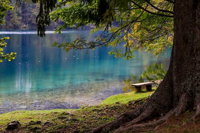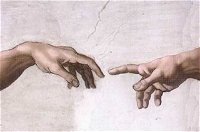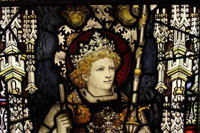
The Progressive (Rock) Aspect Trivia Quiz
How familiar are you with prog rock's landmark albums? This quiz may require some lateral thinking, as you have to match each album title with a photo hinting at the name of the band or artist that released it. Don't forget to click on the photos!
by LadyNym.
Estimated time: 3 mins.









